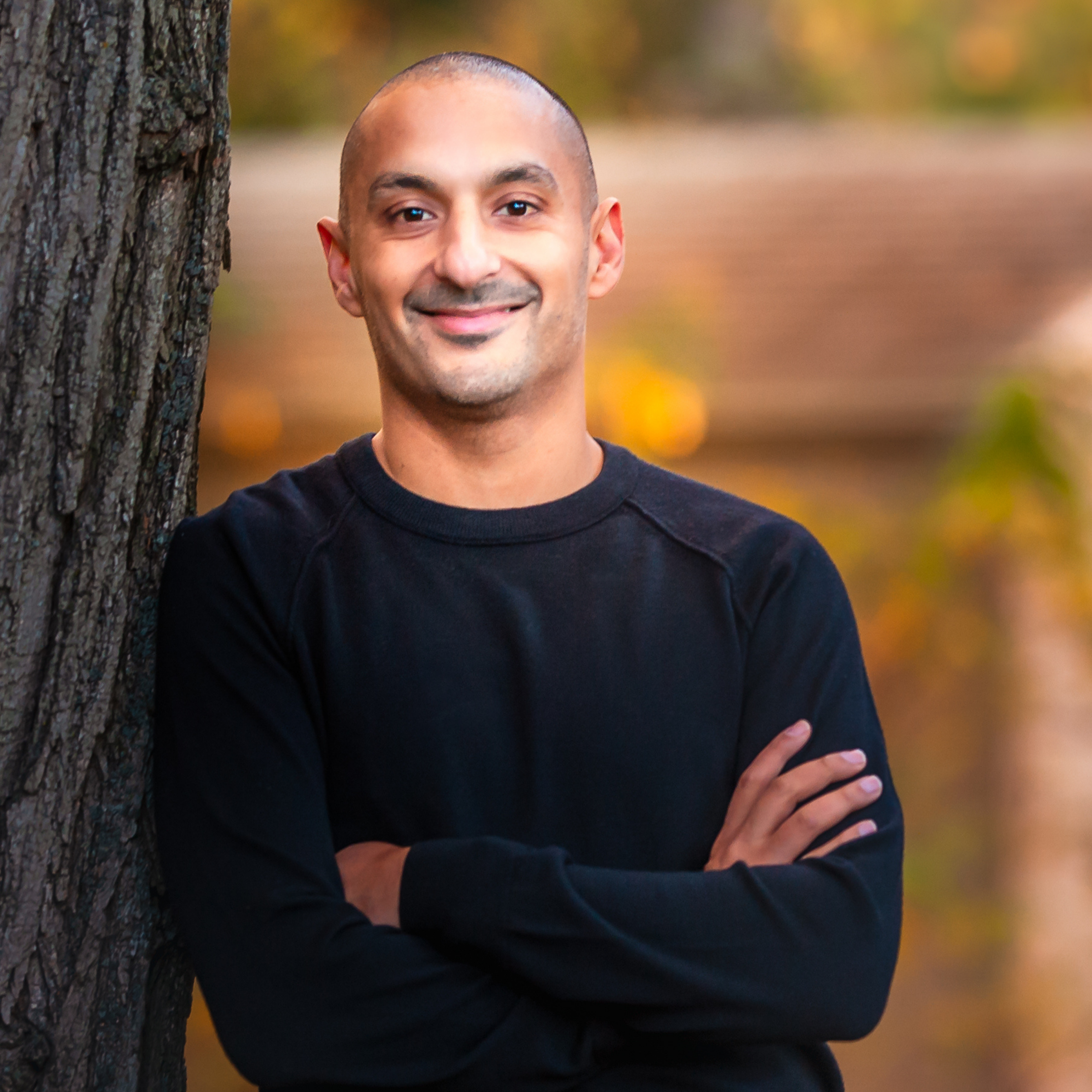Modern Marketing, New banks
‘When you have a community that’s engaged, your job as a CMO is being an editor’: 3 questions with Vineet Mehra, Chime’s new CMO
- Vineet Mehra recently became Chime’s new chief marketing officer.
- Mehra shares how his experience from industries outside of finance has influenced his current role and what vision he has for Chime going forward.








